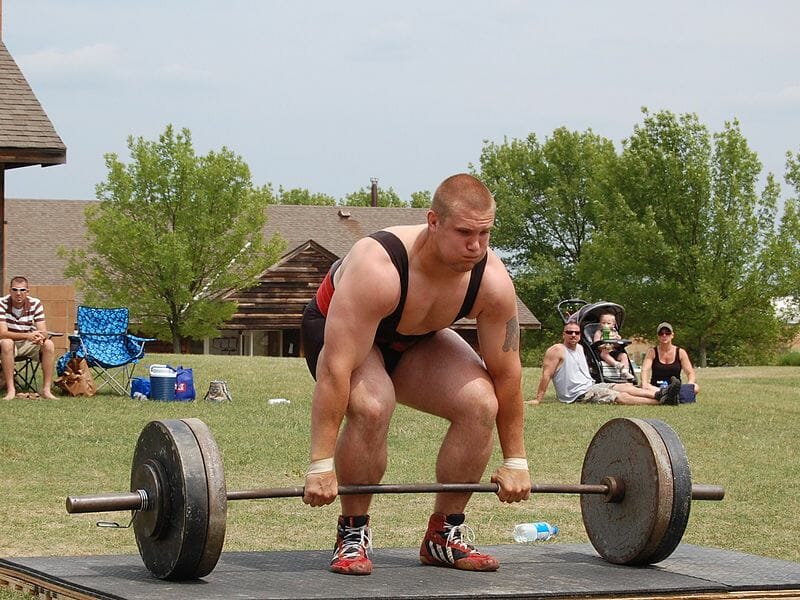Sometimes our hips can be overlooked. Other joints might get credit for many of our bodily movements, but the hips are also involved more than you might think. In fact, hip extension is considered the most powerful movement in sports.
Hip extension is responsible for sprints, jumps, throws, tackles and many other actions, and the stronger you build your hips, the more power you’ll have. The hip hinge—which involves sitting back with minimal knee bending and then snapping forward—is the basis for most hip movements and is a pattern that everyone must have. If you can’t properly perform the hip hinge, your body will compensate in a number of ways, which will decrease your overall performance and increase your injury risk.
Even if you’re not an athlete, the hip hinge is still incredibly important. It’s needed for our basic movements in life and is how you should be performing many daily activities like picking up objects from the ground and moving from a seated to a standing position. The hip hinge was part of our developmental progress and each of us learned how to move more efficiently by using it, and it’s still a fundamental motion that shouldn’t be neglected.
One way to improve this motion is through the hip hinge deadlift exercise. This exercise loads up the hips and will help you develop strength and power in the posterior chain (group of muscles on your back side) while sparing your knees and spine. It’s different and much simpler than the squat, and mastering it will drastically change your performance and transform how you move.
For regular lifters, athletes or anyone else interested in improving their hip hinge, Dynamic Sports Physical Therapy in New York City offers these deadlift tips:
- Unlike the squat, hip hinge is hip-dominated rather than knee-dominated
- Maintain a neutral spine and bend at the hips, not the lower back, and use your hips to “push the ground away”
- Start out with unloaded exercises and slowly progress to weights
- First try a pull through exercise with a band or cable until you get the hip hinge pattern down
- After getting comfortable with the pattern, move on to kettlebell swings
- Finally, once you’ve mastered the pull through and the kettlebell swings, you should be ready to move on to the hip hinge deadlift
- Consult a personal trainer or professional before attempting any new weightlifting techniques you haven’t executed before
If you’d like more guidance on how to safely perform the hip hinge deadlift exercise or with any other weightlifting tips, we’re here to help. Schedule an appointment at Dynamic Sports Physical Therapy in New York City by calling 212-317-8303.
For a video on a hip hinge exercise, click here.

